

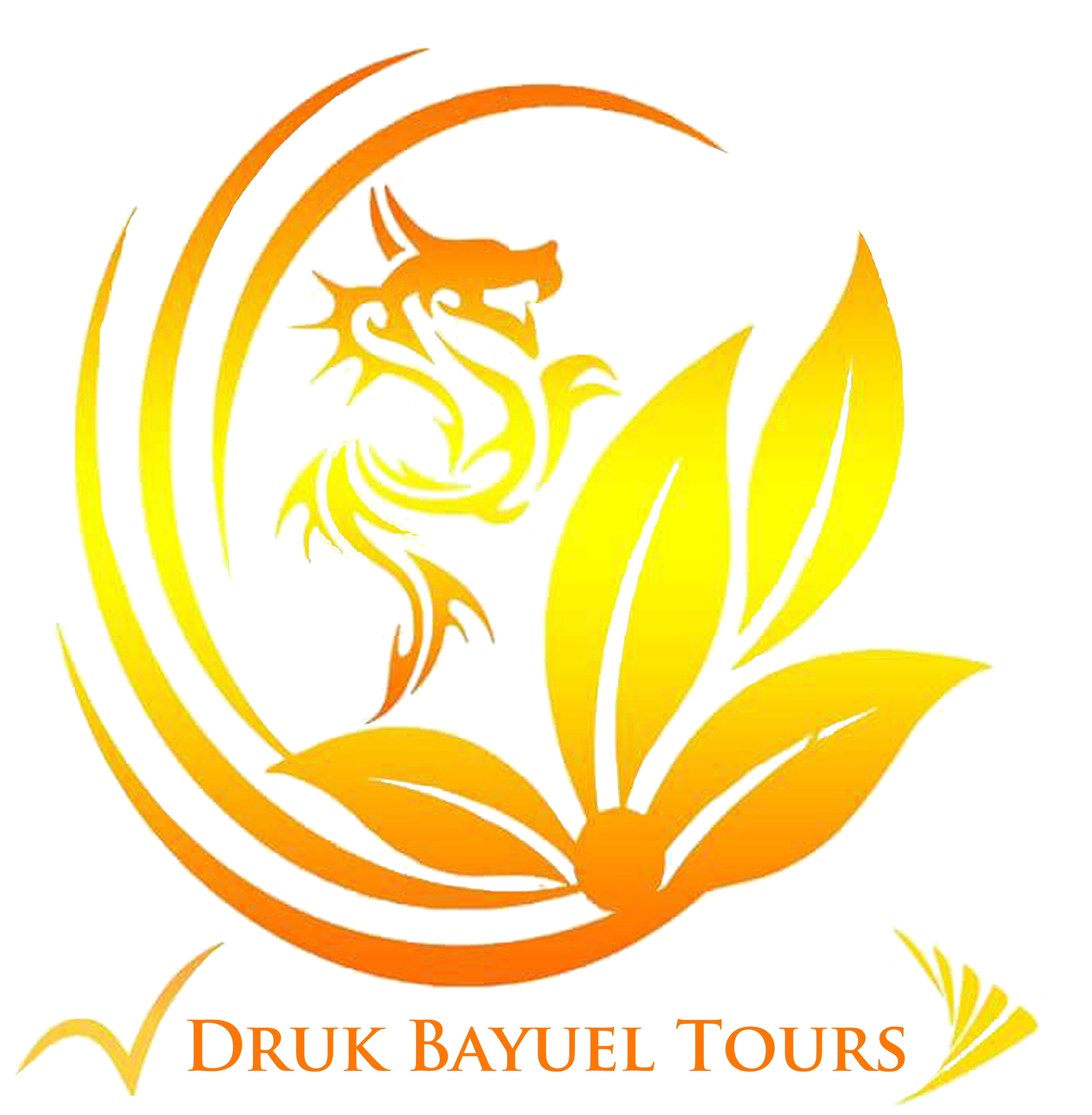
Mobile : +975-77111298, +975-77111298
Email: info@greenbhutantours.com
Website:
LOCATIONS COVERED : Paro Thimphu Punakha Gangteng Wangduephodrang
| Package Duration : 8 | ||
|---|---|---|
| Day 1 : Arrive Paro by Flight & transfer to Thimphu (55km, approx. 1 hour & 15 minutes drive) | ||
| The flight to Paro is one of the most spectacular in entire Himalayas. Whether flying along the Himalayan range from Kathmandu or over the foothills from Kolkatta, the journey offersfascinating views and an exciting descent into the Kingdom. Bhutan’s first gift, as you disembark from the aircraft will be cool, clean fresh mountain air. After immigration formalities and baggage collection, you will be met by our representative, and afterwards drive to Thimphu, the capital town of Bhutan with en-route stop at Chuzom, the confluence of Thimphu and Paro rivers. Three different style of stupas ; Tibetan, Nepalese and Bhutanese adorn this confluence. Shortly before reaching Chuzom, you will see on your left Tschogang Lhakhang, ‘the temple of the excellent horse’. It is a private temple, built in 15th century, as the result of visitation from Balaha, the excellent horse, a manifestation of Chenrezig, the compassionate Buddha. On arrival, in Thimphu check-into the hotel. The capital town of Bhutan and the centre of Government, religion and commerce, Thimphu is a unique city with unusual mixture of modern development alongside ancient traditions. With the population of about 1,00,000 it is perhaps still the world’s only capital city without a traffic light. Late afternoon visit Buddha Point (Kuensel Phodrang); A place for refreshing with a huge statue of Buddha on the top of the Kuensel Phodrang. The area also gives a very good view of the Thimphu valley from the west. Then an exploratory walk around Thimphu city centre. Also visit the Local Crafts Bazaar, to browse through example of Bhutan’s fine traditional arts. Here you can buy hand-woven textiles, thangkha paintings, masks, ceramics, slate and wood carvings, jewellery, interesting items made from local materials. Evening drive around Thimphu valley after the dusk once the lights are on, capturing the nights view of some of Thimphu’s prominent monuments. Overnight at the hotel in Thimphu. (Altitude 2320m) | ||
| Day 2 : Thimphu | ||
| After breakfast, sightseeing in Thimphu valley including visit to the following : the National Library, housing an extensive collection of priceless Buddhist manuscripts; the Institute for Zorig Chusum (commonly known as the Painting School) where students undergo a 6-year training course in Bhutan’s 13 traditional arts and crafts. Later visit Textile Museum, which provides insight into Bhutan’s one of the most distinct art form. Also visit Simply Bhutan, a living museum and studio encapsulating the cultural heritage of the Bhutanese people. After lunch, drive to Sangaygang view point (2685 meters) to have view of whole Thimphu valley and walk through hundreds of colourful prayer flags that dot the hill overlooking the valley. Then drive to Takin Reserve Centre. The takin, the national animal of Bhutan can be seen here. This particular animal is found only in the Himalayan region. Changangkha Monastery, is next in itinerary. This monastery is built on a hill overlooking the Thimphu valley. It was built in 15th Century by Lama Phajo Drugom Zhipo. Many parents of Thimphu take their new born babies to this monastery to be blessed by a high lama. Afterwards visit King’s Memorial Chorten, continuously circumambulated by people, murmuring mantras and spinning their prayer wheels. Construction of this landmark was the idea of Bhutan’s third king, His Majesty Jigme Dorji Wangchuk (‘the father of modern Bhutan’) who has wished to erect monument to world peace and prosperity. Completed in 1974 after his untimely death, it serves both as a memorial to the Late King and as a monument to peace. Conclude the day with visit of Trashichhoedzong. This impressive fortress/monastery houses Secretariat building, the throne room of His Majesty, the King and various government offices. It is also the summer residence of Chief Abbot and central monk body. Overnight at the hotel in Thimphu. (Altitude 2320m) | ||
| Day 3 : Thimphu – Gangtey (150km, approx 5 hours & 30 minutes drive) | ||
| After breakfast drive up to Dochu-la pass (3,088m/ 10,130 ft) stopping briefly here to take in the view and admire the chorten, mani wall, and prayer flags which decorate the highest point on the road. If skies are clear, the following peaks can be seen from this pass (left to right): Masagang (7,158m), Tsendagang (6,960m), Terigang (7,060m), Jejegangphugang (7,158 m ), Kangphugang (7,170 m ), Zongphugang (7, 060 m ), a table mountain that dominates the isolated region of Lunana – finally Gangkar puensum, the highest peak in Bhutan at 7,497m. At Dochula Pass,108 chortens or stupas known as Druk Wangyal Chortens have been built by Ashi Dorji Wangmo Wangchuk, the eldest Queen Mother. These chortens are built in three layers, the first lowest level layer has forty five chortens, the second has thirty six and the top layer has twenty seven, built around the main chorten. Then drive further en route visiting Rinchengang Village, a small clustered village in Wangduephodrang, on a hill opposite to where Wangduephodrang Dzong was built before. It is about 20 minutes hike uphill from the nearest road. After lunch, drive onto Gangtey, passing through dense forests of oak and rhododendron tress. The valley of Gangtey, is one of the most beautiful and unspoiled places in Bhutan. The surprise of finding such a wide, flat valley without any trees after the hard climb through dense forests is augmented by an impression of vast space, and is an extremely rare experience in Bhutan where most of the valleys are tightly enclosed. A few kilometers beyond the Gangtey Monastery, on the valley floor lies the fascinating valley of Phobjikha. Overnight at the hotel in Gangtey. (Altitude 3000m) | ||
| Day 4 : Gangtey | ||
| After breakfast visit Gangtey Goempa (monastery), perched on a ridge overlooking the valley. It is directed by Gangtey Tulku, the ninth reincarnation (a ‘Tulku’ is a reincarnate) of Pema Lingpa — a famous Buddhist saint and teacher. Then a walking excursion to Gangtey Nature Trail. This pleasurable walk provides you a nice feel of Phobjikha valley. From the small hilltop overlooking Gangtey Goemba, you head downhill through flower meadows to Semchubara village and from here through beautiful forests and into the open valley. The trail ends at local community school after passing a chorten and Khewa Lhakhang (approx. 5.5km, 2 hours walk). Post lunch explore fascinating Phobjikha valley. This place is the winter home of black necked cranes that migrate from the arid plains in the north to pass winter in milder and lower climate. The valley boasts two beautiful meandering rivers, Nakay Chhu (Chhu Naap- black water) and Gay Chhu (Chhu Karp-white water). Also visit Black Neck Crane Information Centre. Situated on the edge of the forest and wetland along the main road of Phobjikha valley, the black-necked crane information Centre has an observation room equipped with high power telescope and spotting scopes for catching the best view of the cranes. The centre also offers display information that outline the natural and cultural history of the area. There is a small gift shop, which sells handicrafts produced by the local people. Overnight at the hotel in Gangtey (Altitude 3000m). | ||
| Day 5 : Gangtey – Punakha & Wangduephodrang (85km, approx 3 hours & 30 minutes drive) | ||
| Morning, after breakfast drive to Punakha. Situated at an altitude of 1300m/4265ft, Punakha is blessed with a temperate climate and owing to its natural drainage from Pho Chhu (male) and Mo Chhu (female) rivers, this valley produces abundant crops and fruits. Until 1955 Punakha served as the capital of Bhutan, and still today serves as the winter residence of the monk body. Later in the afternoon visit the Punakha Dzong. Built strategically at the junction of Pho Chhu and Mo Chhu rivers in 1637 by Shabdrung Ngawang Namgyal to serve as the religious and administrative centre of the region, Punakha Dzong has played an important role in Bhutan’s history. Damaged by four catastrophic fires and an earthquake, the Dzong has been fully restored by the Fourth King. Later embark on a short interesting walking excursion to Chimi Lhakhang : Situated on a hillock in the centre of the valley, this temple is dedicated to Lama Drukpa Kuenley, who in the late 15th century used humour, songs and outrageous behaviour to dramatize his teachings and due to this also known as ‘Divine Madman’. This lhakhang is also known as the temple of fertility. It is widely believed that couples who do not have children and wanting one, if they pray at this temple, they are usually blessed with a child very soon. Adjoining to Punakha, Wangduephodrang known as Sha or ‘east’ to the Bhutanese is an important gateway to the far-flung corners of Bhutan. Wangduephodrang played a crucial role in unifying the western, central and southern districts. Evening explore the valley of Wangduephodrang. Overnight at the hotel in Punakha / Wangdue. | ||
| Day 6 : Punakha & Wangduephodrang – Paro (125km, approx 4 hours & 30 minutes drive) | ||
| After breakfast, visit Sangchhen Dorji Lhuendrup Lhakhang nunnery. Perched on a ridge amid pine trees and overlooking valleys of Punakha and Wangduephodrang, gleams this impressive structures of Sangchhen Dorji Lhuendrup Lhakhang (temple). The temple houses a 14-foot main bronze statue of Avalokiteshvara (Chenrigzig chagtong chentong). Other statues include those of Guru Padmasambawa, Gautama Buddha, Zhabdrung Ngawang Namgyel, Tsela Namsum, the 21 Taras and Tsepamay (Buddha of longevity). The Avalokiteshvara statue, one of the biggest in the country, was the handiwork of entirely local Bhutanese artisans. The temple complex also houses a permanent higher learning and meditation centre for nuns where, apart from religious trainings, it provides life skill training such as tailoring, embroidery, statue making and thangkha painting. Then drive back to Paro descending back down from Dochu La, follow the way back up the dramatic Wang Chhu and Paro Chhu river valleys, before crossing through Paro town towards the north end of the valley. En route visit Simtokha Dzong, the place of profound tantric teaching. This oldest dzong of the country built in 1627, now houses a school for the study of the Dzongkha language. Later in the day after checking into hotel, proceed to visit Ta Dzong, originally built as watch tower, which now houses National Museum. The extensive collection includes antique thangkha paintings, textiles, weapons & armour, household objects and a rich assortment of natural and historic artifacts. Then walk down the trail to visit Rinpung Dzong, meaning (‘fortress of the heap of jewels’), which has a long and fascinating history. Along the wooden galleries lining the inner courtyard are fine wall paintings illustrating Buddhist lore such as four friends, the old man of long life, the wheel of life, scenes from the life of Milarepa, Mount. Sumeru and other cosmic Mandala. Evening take a stroll around Paro main street, exploring its local shops and market area. Overnight at the hotel in Paro. (Altitude 2280m) | ||
| Day 7 : Paro | ||
| After breakfast excursion to Taktshang Monastery (approx. 5 hours round trip walk). It is one of the most famous of Bhutan’s monasteries, perched on the side of a cliff 900m above the Paro valley floor. It is said that Guru Rinpoche arrived here on the back of a tigress and meditated at this monastery and hence it is called ‘Tiger’s Nest’. This site has been recognized as a most sacred place and visited by Shabdrung Ngawang Namgyal in 1646 and now visited by all Bhutanese at least once in their lifetime. Later in the afternoon, drive to the base of Drukgyel Dzong, a ruined fortress where Bhutanese warriors fought Tibetan invaders centuries ago. The snowy dome of sacred Chomolhari, “mountain of goddess” can be seen in all her glory from the approach road to the Dzong. Nearby visit a traditional farm house, which offers deep insight into lifestyle of local people especially the village folks. While returning to the hotel, along the way, visit the 7th century Kyichu Lhakhang, one of the 108 temples built in the Himalayas by Tibetan King, Songtsen Gampo. The building of this temple marks the introduction of Buddhism in Bhutan. Overnight at the hotel in Paro. (Altitude 2280m) | ||
| Day 8 : Depart Paro | ||
| After breakfast at the hotel, drive to the airport for flight to your onward destination. Our representative will help you with exit formalities and then bid you farewell. | ||
| Cost Includes |
|---|
|
| Cost Excludes |
|
7 Night / 8 Days
Package Type: BHUTAN CULTURAL TOUR
PER PERSON INR


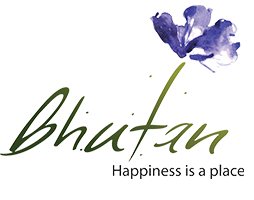
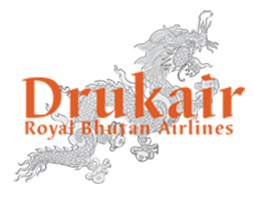
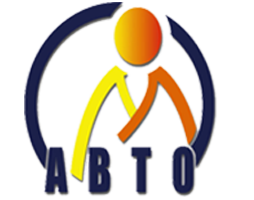
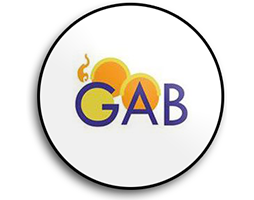
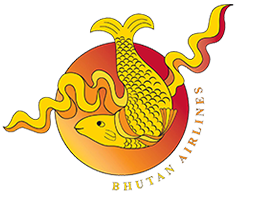
Copyright © Druk Bayuel Tours. All Rights Reserved 2020.
Designed and Developed By Mywebsitedeals.com ( a unit of Traveltourister.com )